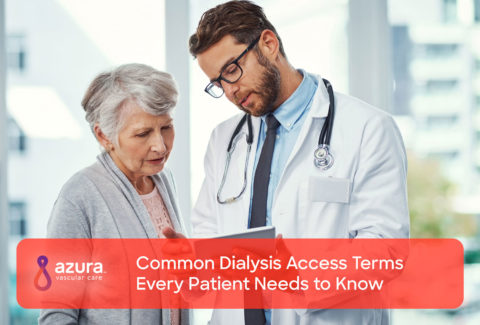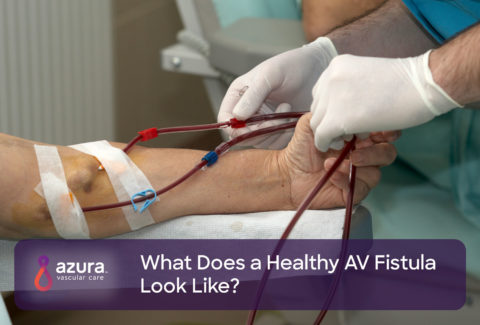
Are you or a loved one in need of dialysis due to poorly functioning kidneys? You’ll most likely want to learn more about dialysis access. We’ve compiled our top articles about dialysis access that contain valuable information about types of dialysis access, how to care for them, common complications, frequently asked questions and more. Click the links below to learn more about each article.
1. Understanding the Types of Dialysis Access
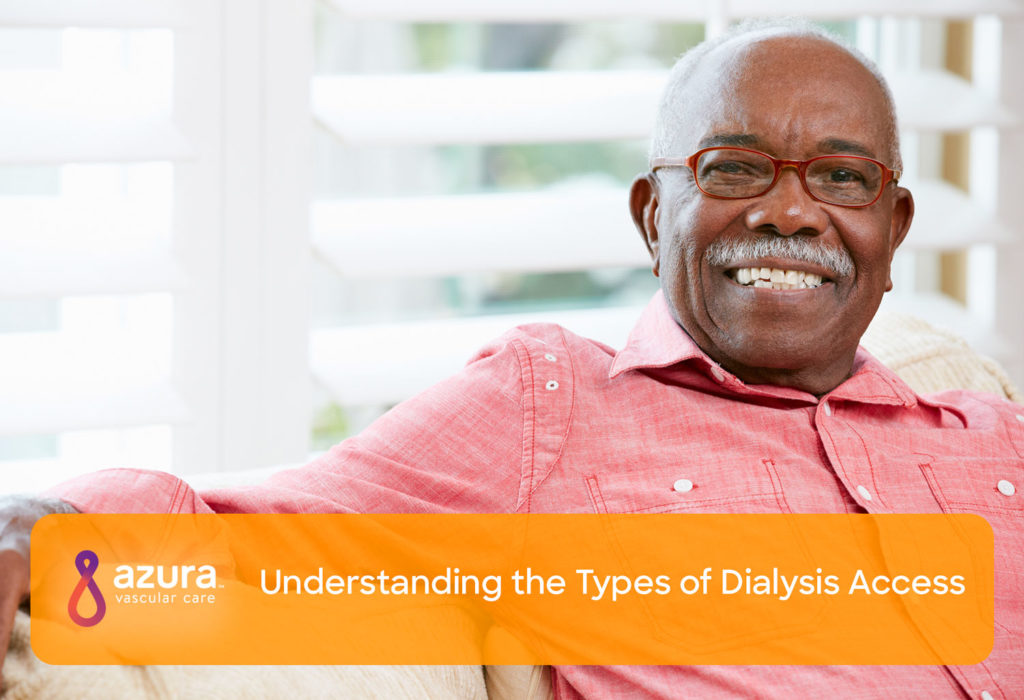
As you may already know, before you can receive dialysis, you must first have an access created. Your dialysis access is critical to obtaining the best treatment possible, so it is important to understand the different access options. A central venous catheter, arteriovenous fistula and arteriovenous graft are access types used for hemodialysis and a PD catheter is used for peritoneal dialysis. To further explore your access options, read “Understanding the Types of Dialysis Access.”
2. Everything You Need to Know About a Central Venous Catheter
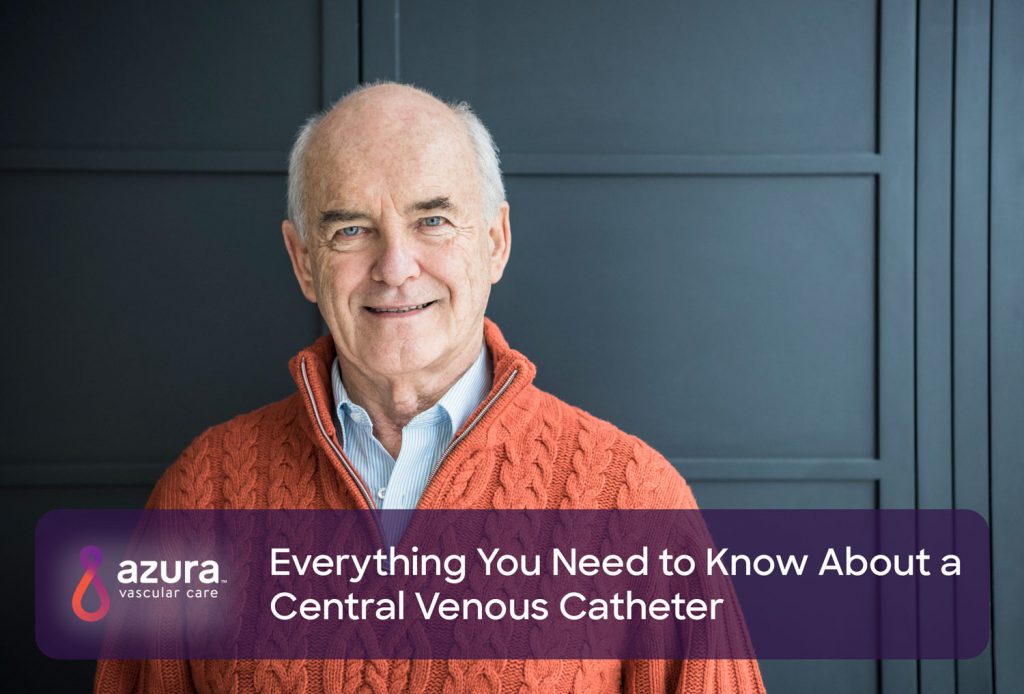
If you are in immediate need of dialysis due to poor kidney function, a CVC might be necessary. A central venous catheter (CVC) access is often intended for temporary purposes and is not recommended for long-term use. It is important to understand the advantages and disadvantages of a central venous catheter, so check out “Everything You Need to Know About a Central Venous Catheter” for more information.
3. 5 Common Central Venous Catheter (CVC) Complications
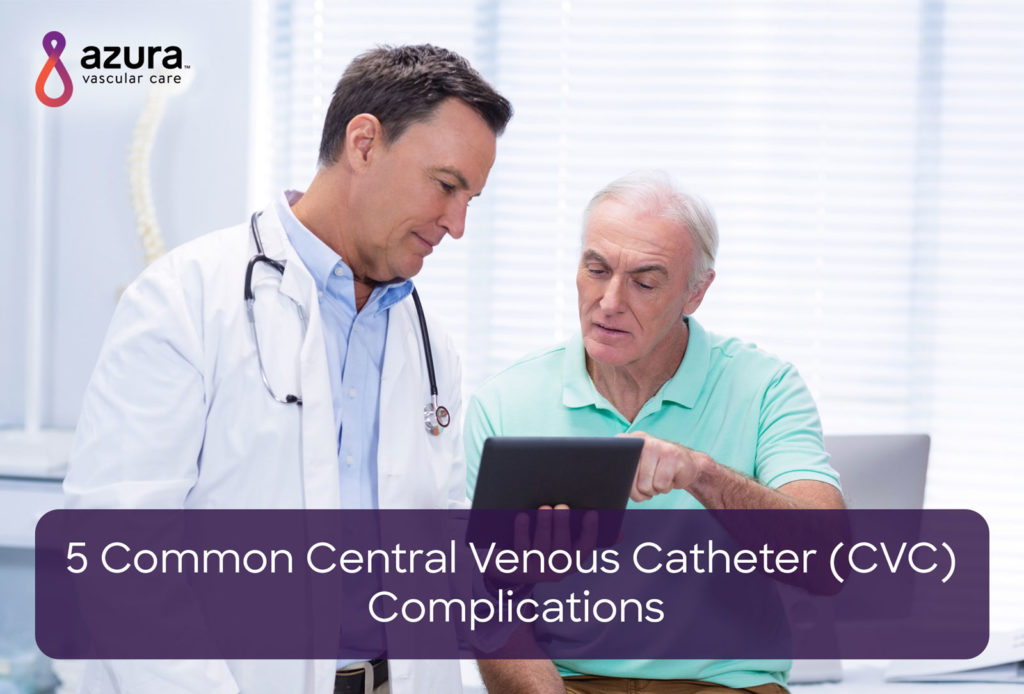
If you had a central venous catheter temporarily placed until you can receive a more long-term dialysis access, then this article is a “must-read.” There are some complications to be aware of. To learn about central venous catheter complications, visit our blog “5 Common Central Venous Catheter (CVC) Complications.”
4. Frequently Asked Questions about Dialysis Access
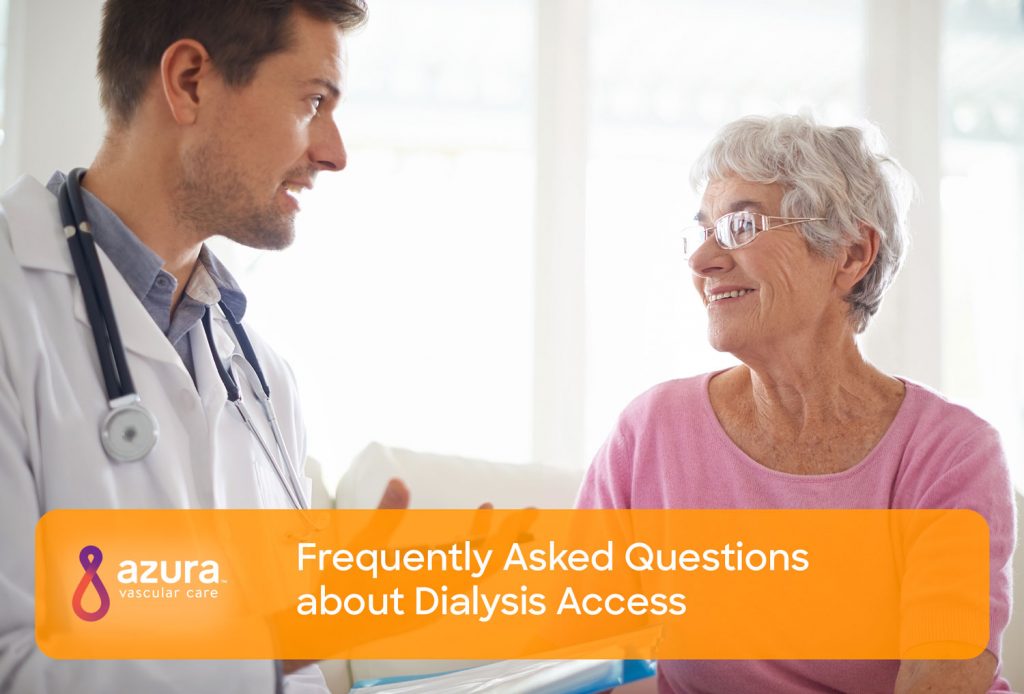
If you’ve been told you need dialysis, you may have some questions like “what are the types of dialysis vascular access?” or “what is the difference between a fistula and a graft?” To find the answers you may be looking for, check out “Frequently Asked Questions about Dialysis Access.”
5. What to Do If Your Dialysis Access Is Not Working Properly
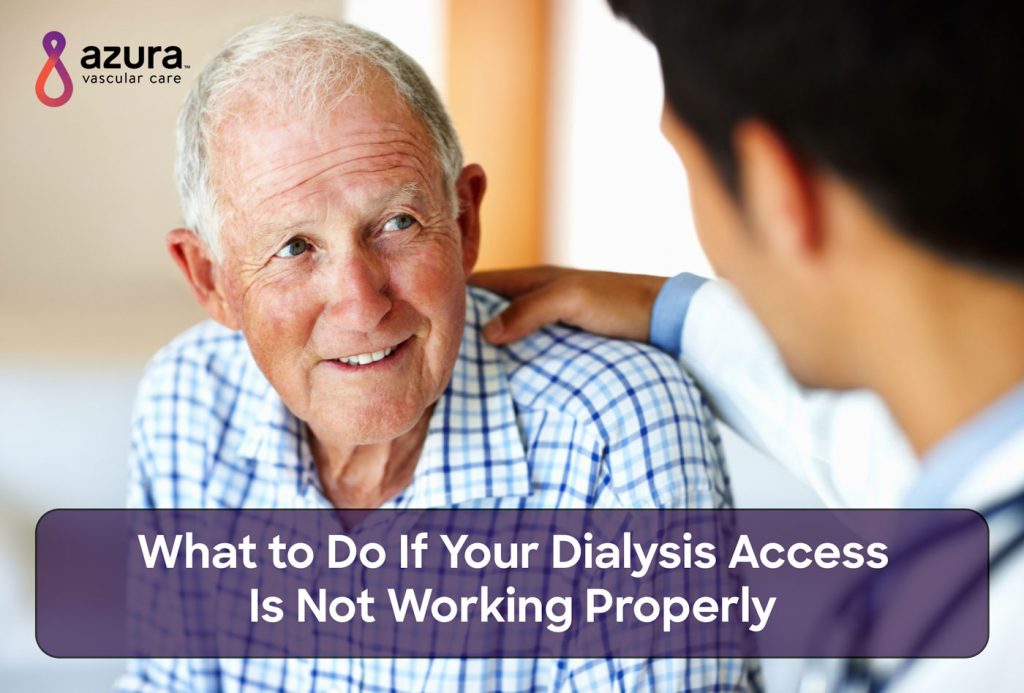
It is imperative to your health that your dialysis access is functioning properly at all times. Proper care and monitoring of your dialysis access means you’ll continue to receive the life-saving treatment you need. Educate yourself on warning signs that may indicate infection or other access-related dysfunctions. Learn more about “What to Do If Your Dialysis Access Is Not Working Properly.”
6. Everything You Need to Know About an Arteriovenous Fistula

The arteriovenous (AV) fistula, which is the surgical connection of an artery to a vein, is an option for hemodialysis access. AV fistula creation is a minimally invasive procedure performed in an outpatient setting. Read up on “Everything You Need to Know About an Arteriovenous Fistula” to learn more about the AV fistula and if you are a good candidate.
7. Important Facts about Arteriovenous Grafts

Have you been informed that your veins do not allow for the creation of an arteriovenous fistula? If so, an arteriovenous graft may be the next best option for you. In fact, an AV graft can be ready for use in a much shorter time than an AV fistula. “Important Facts about Arteriovenous Grafts” will tell you everything you need to know about the process as well as advantages and disadvantages of arteriovenous grafts.
8. My Access Clotted – Now What?

Is your access clotted? If so, treatment is needed as soon as possible so you can continue to receive hemodialysis treatments. Learn more about the different treatments for a clotted access, such as thrombolysis and thrombectomy, by visiting our blog, “My Access Clotted – Now What?”
9. 10 Tips to Keep Your Dialysis Access Site Functioning
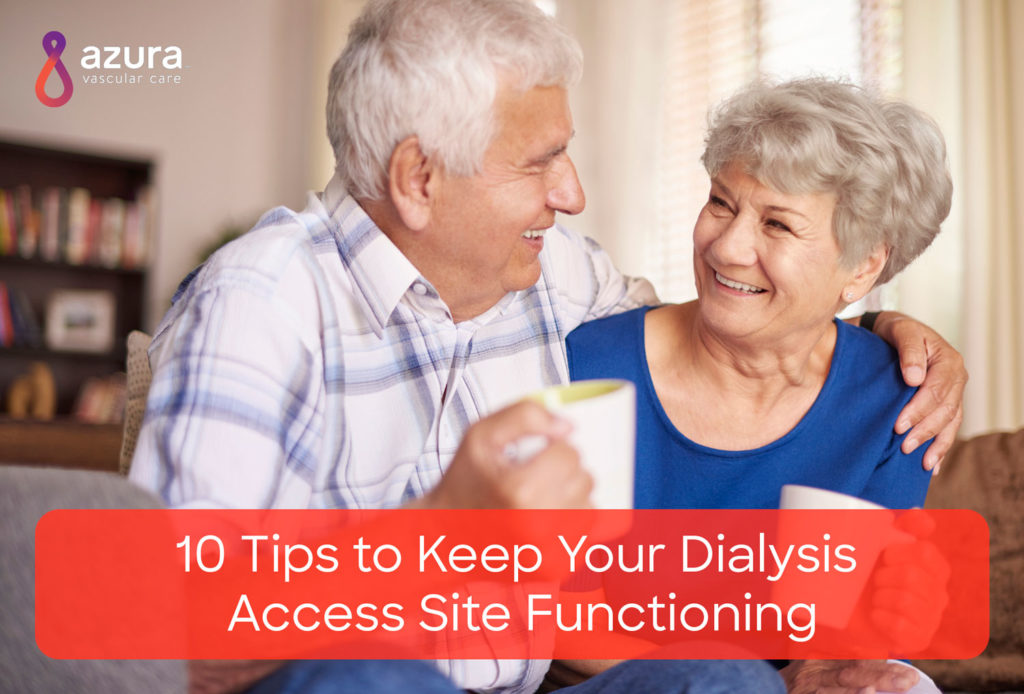
If you are currently on dialysis, it is important to keep your access functioning properly. It is important to care for your access and be aware of any complications that may arise. The type of access you have will determine how you care for it. Let us provide you with some tips that apply to all access types. Read “10 Tips to Keep Your Dialysis Access Site Functioning” to educate yourself further.
10. Everything You Need to Know About a Peritoneal Dialysis Catheter
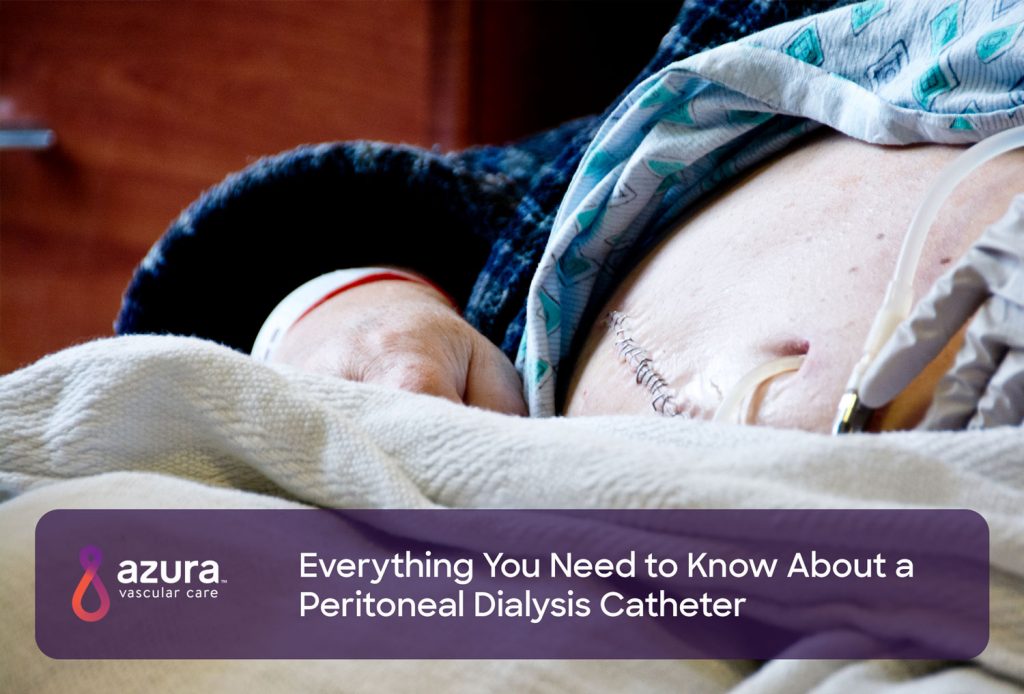
As your kidney function declines, you may need to begin dialysis. Peritoneal dialysis (PD) is a feasible option for some people. Before you can receive this mode of dialysis treatment, a peritoneal dialysis catheter is necessary. To learn more about peritoneal dialysis, read up on “Everything You Need to Know About a Peritoneal Dialysis Catheter.”
Dialysis is a life-saving treatment for the individual whose kidneys do not function adequately. Starting dialysis is a lifestyle change for which one should fully prepare. To equip you with the knowledge to deal successfully with the many aspects of dialysis treatment and your dialysis access, this compilation of articles serves as a practical guide that will help you and your family navigate the channels of dialysis and continue to live well. To keep up with the latest articles on dialysis access, subscribe to infoDialysisAcccess.
